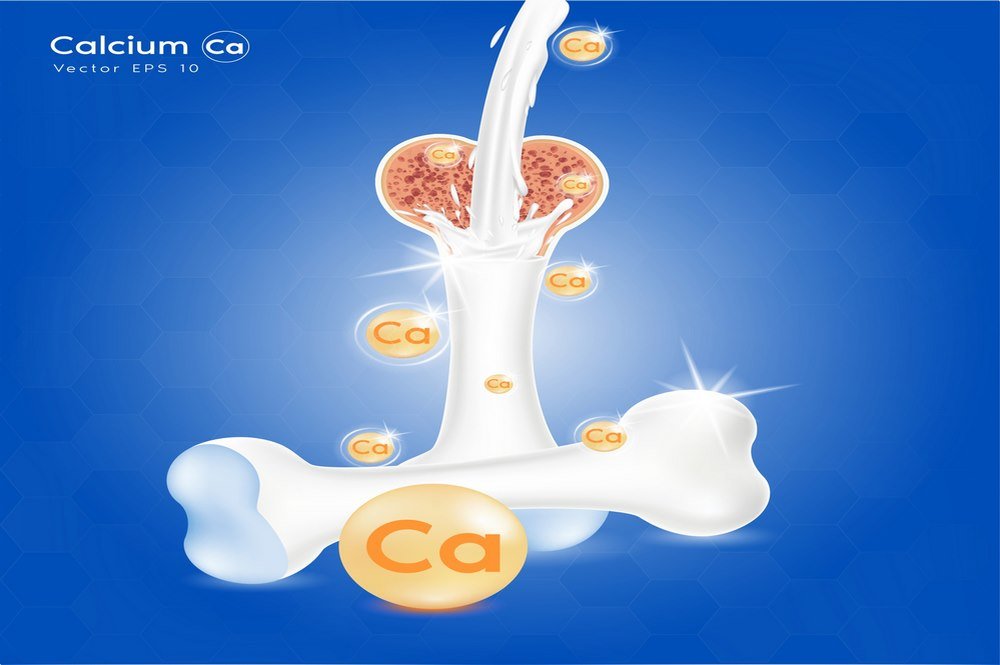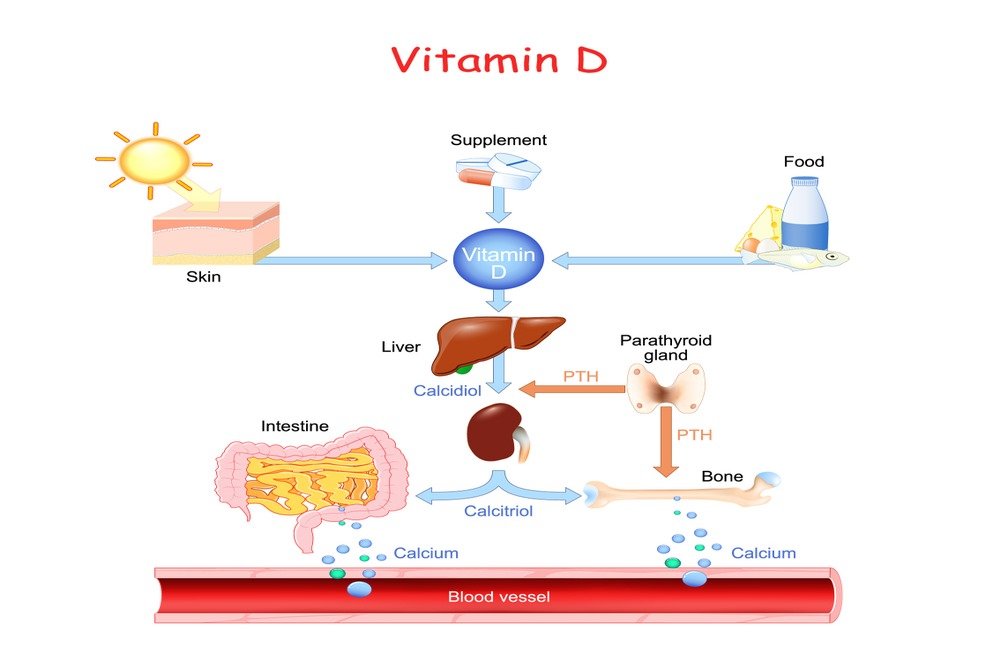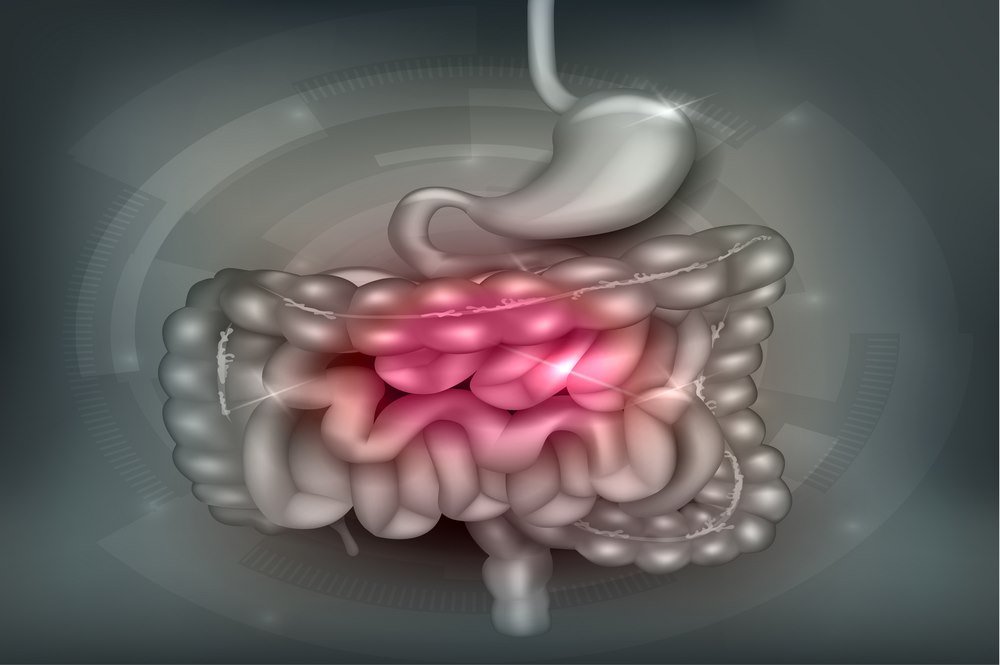Common Causes Of Osteoporosis

Osteoporosis has different causes – that are further divided as primary and secondary causes. [3] These include;
Low calcium level
Calcium making up to two third of bone matrix, is by far the most important contributor towards bone health. Adequate calcium intake early in life leads to better bone development, greater bone density and better bone future.
Insufficient dietary intake: having a diet low in calcium in the prime years of childhood and adolescence can take a toll on your bones later in life. malnutrition in under-developed and developing countries predisposes many females to develop osteoporosis
Poor absorption: you might get osteoporosis even if you are taking good calcium diet. This can be a result of abnormal absorption of calcium from the gut, due to some disease, a medication side-effect, or age related changes in physiology. The dietary calcium then goes unabsorbed and cause osteoporosis.
Low Vitamin D Level

Vitamin D is essential for absorption of dietary calcium from the gut. It also regulates the balance of phosphates in the body. It can also influence calcium levels indirectly, by regulating the secretion of parathyroid hormone. Parathyroid hormone demineralises bone to increase calcium in the blood.
The skin can make vitamin D easily on exposure to the sun. It undergoes further processing in the liver and kidney to be converted into the active form.
With aging, there is decreased synthesis of this sunshine vitamin in the body, which accounts for the senile type of osteoporosis. Bedridden patients, and people with restricted day-time exposure can develop vitamin D deficiency that can, in turn, affect calcium levels in the body.
Endocrine Disorders

Calcium level maintenance is important in both, blood and bones. A number of hormones are involved actively and passively in this homeostasis.
- Sex hormones: estrogen is the female sex hormone, which is involved in bone growth in adolescence. It induces the activity of osteoblasts, or the bone-forming cells. With the gradual loss of this hormone in post-menopausal women, the osteoclastic, or the bone-resorption activity is favored and results in porous bones.
Testosterone is the male sex hormone. The similar decline in this hormone in aging men results in decreased bone mass and compromised bone density.
- Thyroid hormones: an important calcium regulating hormone, called calcitonin is released from the thyroid gland. This hormone is responsible for the mineralization of bone matrix with calcium. Any abnormality in the gland, which may be a tumor or an altered size of the gland can hence, disturb the calcium balance. Other thyroid hormone also affects the metabolism of food elements and can affect bone health in general.
- Parathyroid hormones: excessive secretion of this hormone, which can be in the background of vitamin D deficiency or a tumor of the parathyroid gland, can cause osteoporosis by triggering the activity of osteoclasts. The bone minerals are lost and the calcium released from the bones adds up in the blood.
- Other hormones: activity of steroid hormones secreted by the adrenal glands can also affect bone health by affecting the body metabolism in general.
Gastrointestinal Disorders

Gastrointestinal diseases can contribute to decreased levels of calcium absorption from the gut, in spite of a good calcium intake.
Eating disorders: like bulimia nervosa and anorexia affect teens and pre-teens women. The associated osteoporosis, may go unnoticed due to the risk perception limited to the elderly women. However, a study [4] reports that 44% of chronic anorexic patients are at the risk of osteoporotic bone fractures. Restricted diet, and /or vomiting results in flushing of dietary components and little of which remains to meet the demands of the body.
Gastrointestinal surgeries: surgeries that may involve resection of the parts of the gastrointestinal tract may result in the decreased surface area for absorption of the food components.
Inflammatory bowel disease: this inflammatory disease of the gut has been reported to cause fragility fractures in 40% of the patients. The steroid therapy, inflammation and malnourishment are the prime players in this scenario which can compromise bone health.
Congenital Disorders

Osteogenesis imperfecta: this disorder is a product of genetic mutation that is responsible for collagen type 1 protein. This protein makes up an important part of bone matrix and is also found in the sclera of the eyes, and the skin. The disease shows a spectrum of symptoms. Patients may have bone deformities that render an abnormal posture.
Marfan’s syndrome: this chromosomal disorder which involves connective tissue malformations, is reported [5] to cause a decrease in bone mineral content (BMC).
Ehler Danlos syndrome: this connective tissue disorder, also contributes to lowered bone mineral density and increased risk of fractures.
Medications

The effect of drugs on bone health is progressive; prolonged use of such drugs produce a greater deficit in mineral level and bone density.
- Steroids: steroids are the leading cause of drug-induced osteoporosis. Used in the treatment of several chronic inflammatory diseases steroids can have long lasting bone-damaging effect. Steroid use has been linked with osteoporosis with a 30-50% estimate. Multiple factors like osteoblasts decline, decreased calcium absorption from the gut, and negative feedback inhibition of the sex hormones is predicted to play a role in the pathogenesis of this associated disorder. Steroid use is supplemented with calcium and vitamin D to avoid this complicated side-effect.
- Cancer drugs: like methotrexate can disrupt the balance of bone formation and resorption, and cause a decline in bone mass.
- Anti-seizure drugs: phenytoin, carbamazepine, and phenobarbital are used in the treatment of epilepsy. A study has reported significant bone loss in women using these drugs These drugs increase the metabolic rates of vitamin D and hence may result in its inactivation, leading to disturbed calcium balance.
- Progestin-based contraceptives: particularly the medroxyprogesterone preparation can inhibit the endogenous estrogen synthesis to control the reproductive cycle. The positive effect of estrogen on bone health is lost, which may lead to decreased bone mass and density with prolonged use, especially in young females.
- Others: other drugs, like loop diuretics used in cardiac illness can promote calcium excretion in the urine. The relation between prolonged use of heparin and reduced bone mass is seen, it has not been yet explained on the pathophysiological basis.
